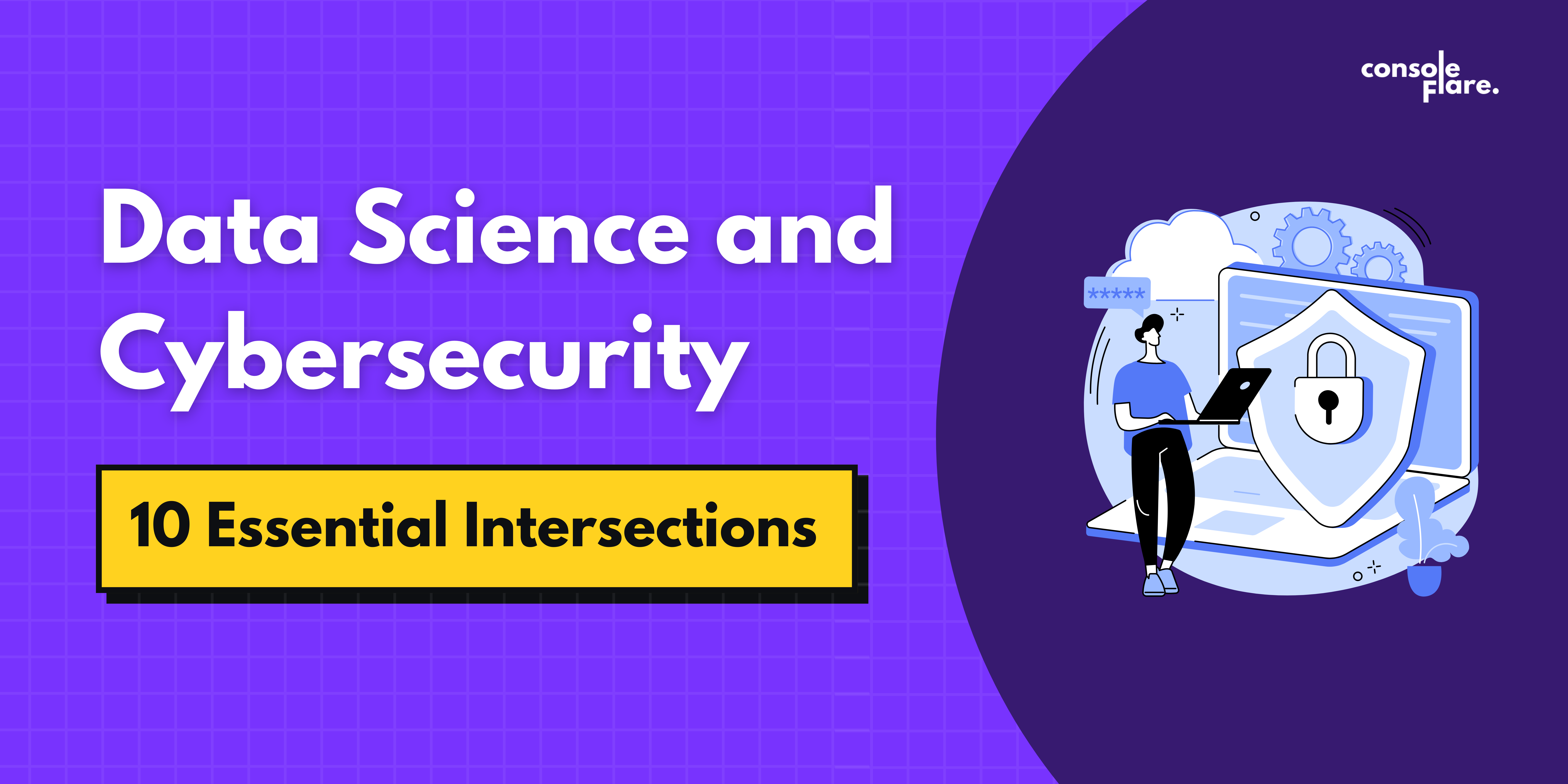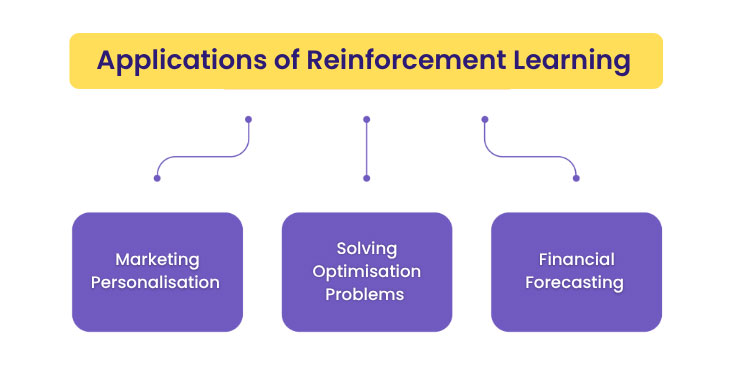In today’s world, Data Science and Cybersecurity go hand in hand as we create huge amounts of data with every online action—whether it’s a click, purchase, or online activity. This data is incredibly valuable, but it also brings big challenges, especially when it comes to keeping it safe.
As companies work to protect their important data, combining data science and cybersecurity is becoming more crucial. We will dive into how data science is reshaping cybersecurity, bringing in new tools and strategies to protect sensitive information and defend against cyber threats.
What is Data Science?
Data science is the practice of extracting insights and knowledge from large amounts of data using various techniques, including statistical analysis, machine learning, and data visualization through various tools like Python, R, and SQL. Data scientists use these tools like to process and analyze data, uncovering patterns and trends that can inform decision-making.
Read more about DATA SCIENCE
What is Cyber Security?
Cybersecurity is all about keeping computer systems, networks, and data safe from digital attacks, hackers, and data breaches. The role of cybersecurity professionals is to keep this digital world secure. They use a variety of tools and methods to uncover weaknesses, monitor for potential threats, and react quickly when security problems occur. Their main focus is to ensure that sensitive information remains protected and doesn’t fall into the wrong hands. By doing so, they help maintain the safety and privacy of our digital lives. The integration of data science and cybersecurity has revolutionized how these professionals approach and solve complex security challenges.
Data Science and Cybersecurity: Types
Cyber security is a wide field covering several disciplines. Different types of cybersecurity and how they relate to the data science field:
1. Network Security
Network security is all about keeping data safe as it moves through or within networks. It ensures that the data stays intact, private, and accessible only to those who should have it. To achieve this, various measures are used, such as firewalls, systems that detect intrusions, and encryption techniques that secure the information during transmission.

Data Science Connection:
Tools like Python are used to analyze network data, helping cybersecurity professionals monitor traffic patterns and identify potential threats in real time. Data science techniques are used to analyze network traffic and detect anomalies that may indicate a security breach. The synergy between data science and cybersecurity empowers professionals to develop more sophisticated and effective defense strategies.
2. Endpoint Security
Endpoint security is all about protecting the individual devices that connect to a network, such as laptops, smartphones, and tablets. A variety of tools and strategies are used to keep these devices safe. Antivirus software is one of the most common methods, scanning the device regularly to detect and remove harmful programs. Endpoint security aims to ensure that each device is protected from viruses, malware, and unauthorized access, which could otherwise put the entire network at risk.
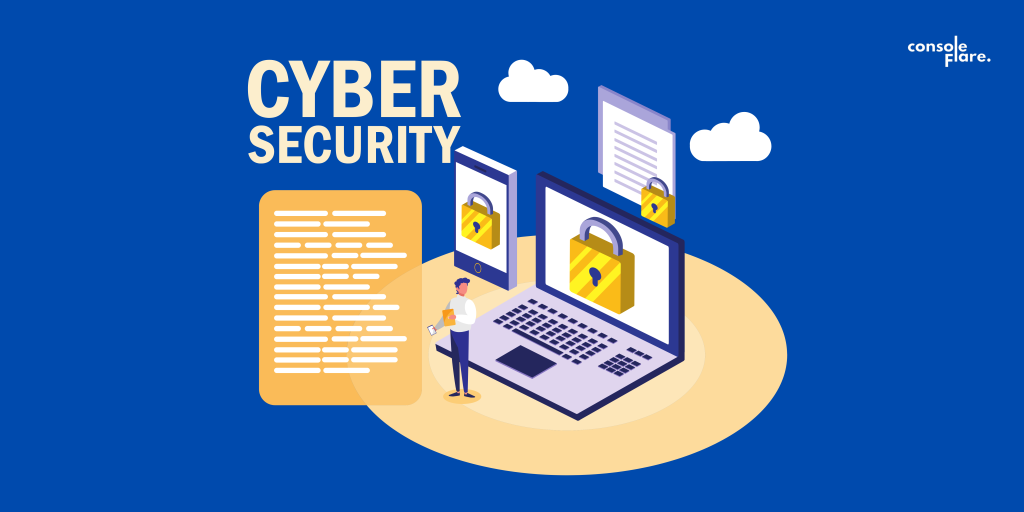
Data Science Connection:
By analyzing how users interact with their devices, data science can help detect unusual behavior that might indicate a compromised endpoint. Data science techniques are used to identify patterns in file behavior that may indicate malware. Machine learning models, trained on large datasets of known malware, can detect new variants of malware. The convergence of data science and cybersecurity has significantly enhanced our ability to protect against evolving digital threats
3. Application Security
Application security is all about making sure that software programs are safe from being exploited by hackers. Since applications are often targets for cyber attacks, it’s important to protect them from vulnerabilities that could be used to gain unauthorized access or cause harm. This involves using secure coding practices, which means writing code in a way that avoids common security issues and flaws.

Data Science Connection:
By analyzing data on past attacks, Data science helps automate the process of scanning applications for vulnerabilities. The synergy between data science and cybersecurity enables more proactive and efficient protection strategies, enhancing overall digital security.
You are reading The Synergy of Data Science and Cybersecurity: 10 Essential Intersections
4. Cloud Security
Cloud security is all about keeping your data, applications, and services safe when they’re stored and run in cloud environments. Since cloud computing involves hosting information on remote servers, ensuring that this data is secure is crucial. This means protecting everything from unauthorized access and breaches while making sure it stays confidential and secure.

Data Science Connection:
Data science models help in managing and monitoring the encryption processes in cloud environments, ensuring that sensitive data remains secure. The intersection of data science and cybersecurity enables more sophisticated threat detection and prevention strategies in cloud-based systems.
For more such content and regular updates, follow us on Facebook, Instagram, LinkedIn, YouTube
5. Identity and Access Management (IAM)
Identity and Access Management (IAM) is all about controlling who can access important information and systems within a company. It’s like having a key that only certain people are allowed to use, ensuring that only the right individuals can get into specific areas or view certain data. This is crucial for maintaining security and protecting sensitive information.

Data Science Connection:
Data science is used to analyze user behavior, such as typing patterns or mouse movements, to enhance identity verification processes. By analyzing historical access data, data science can help identify unusual access patterns that may indicate an insider threat or a compromised account. This combination of data science and cybersecurity strengthens security measures and improves the ability to detect and respond to potential security issues.
6. Data Security
Data security is about keeping your data safe no matter where it is—whether it’s stored, being sent, or actively used. The goal is to make sure that no one who shouldn’t have access to the data can see or misuse it. This is crucial for protecting sensitive information and maintaining privacy.
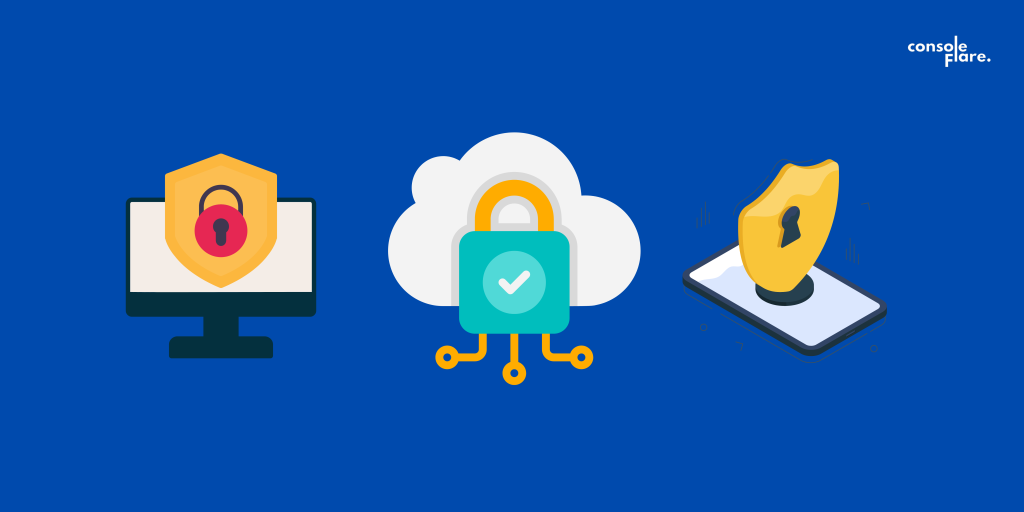
Data Science Connection:
Data science techniques are used to anonymize sensitive data, making it less vulnerable to exposure during a breach. By integrating data science and cybersecurity, organizations can improve their data protection measures and respond more effectively to security threats.
You are reading The Synergy of Data Science and Cybersecurity: 10 Essential Intersections
7. Incident Response
Incident response is all about handling problems that come up when there’s a cybersecurity issue, like a data breach, malware attack, or other types of threats. It’s a critical part of keeping a company’s digital systems safe and running smoothly. When an incident occurs, the first step is to detect it quickly so that it can be addressed before it causes too much damage.

Data Science Connection:
Data science tools help in analyzing the data after an incident to understand the attack, identify the source, and prevent future incidents. Machine learning models are used to automate the detection of incidents by analyzing data from logs, network traffic, and other sources, enhancing the effectiveness of both data science and cybersecurity efforts.
8. Disaster Recovery and Business Continuity
Disaster recovery and business continuity are all about making sure that a company can keep running smoothly even when a cybersecurity incident occurs. This involves planning ahead to handle emergencies and ensure that essential business functions aren’t disrupted. The goal is to keep operations going and minimize any downtime or losses that might result from a security breach or other unexpected events.

Data Science Connection:
Data science models help predict the likelihood of different types of cybersecurity incidents, allowing organizations to prepare and plan more effectively. By leveraging data science and cybersecurity insights, organizations can anticipate potential threats. Data science helps in optimizing resources and planning recovery strategies by analyzing past incidents and recovery efforts.
You are reading The Synergy of Data Science and Cybersecurity: 10 Essential Intersections
9. Physical Security
Physical security is all about safeguarding the physical locations and equipment that store and manage important data. This includes protecting data centers, servers, and other crucial assets from unauthorized access, theft, or damage. The aim is to ensure that only authorized personnel can enter these areas and that the equipment remains secure and functional.
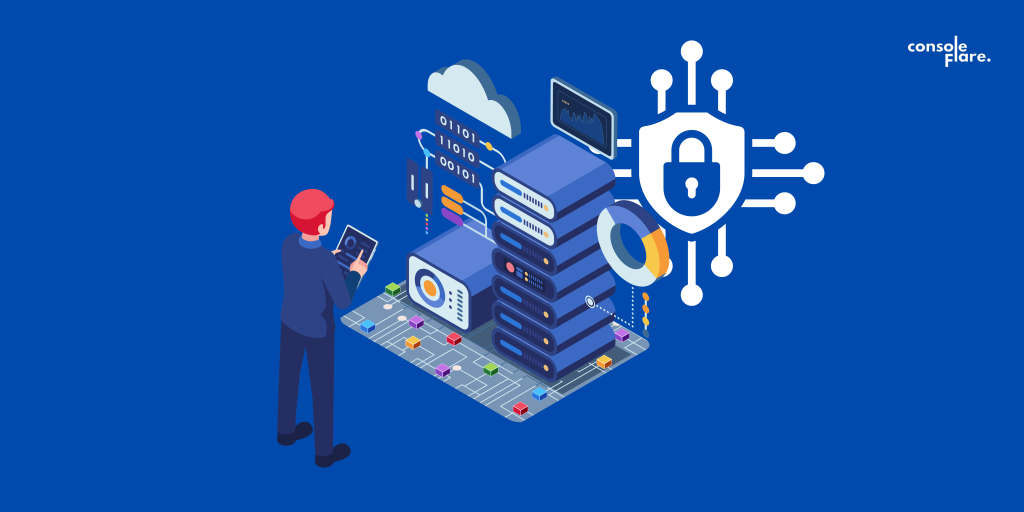
Data Science Connection:
Data science techniques are used to analyze video footage and detect suspicious activities or unauthorized access attempts. By analyzing access logs, data science helps identify potential security risks and patterns that may indicate a physical security breach. Integrating data science with cybersecurity enhances the ability to spot and respond to threats more effectively.
10. Threat Intelligence
Threat intelligence is about collecting and studying information on the latest and upcoming cyber threats to help organizations stay one step ahead of cybercriminals. The goal is to understand what kinds of attacks are out there, how they work, and how they might impact a business.

Data Science Connection:
Data science tools are used to mine data from various sources, such as the dark web, social media, and security forums, to identify emerging threats. By integrating data science and cybersecurity, organizations can enhance their ability to detect and respond to threats effectively.
You were reading The Synergy of Data Science and Cybersecurity: 10 Essential Intersections
As we’ve explored the exciting intersection of data science and cybersecurity, you may be wondering how to get started on this rewarding career path. At ConsoleFlare, we’re committed to helping professionals and students like you develop the skills needed to excel in this dynamic field.
If you are ready to embark on a rewarding career in data science, consider enrolling in a comprehensive course that focuses on Python.
At ConsoleFlare, we offer tailored courses that provide hands-on experience and in-depth knowledge to help you master Python and excel in your data science journey. Join us and take the first step towards becoming a data science expert with Python at your fingertips.
Register yourself with ConsoleFlare for our free workshop on data science. In this workshop, you will get to know each tool and technology of data analysis from scratch that will make you skillfully eligible for any data science profile.
For more such content and regular updates, follow us on Facebook, Instagram, LinkedIn
Thinking, Why Console Flare?
- Recently, ConsoleFlare has been recognized as one of the Top 10 Most Promising Data Science Training Institutes of 2023.
- Console Flare offers the opportunity to learn Data Science in Hindi, just like how you speak daily.
- Console Flare believes in the idea of “What to learn and what not to learn” and this can be seen in their curriculum structure. They have designed their program based on what you need to learn for data science and nothing else.
- Want more reasons,
Register yourself on consoleflare and we can help you switch your career to Data Science in just 6 months.
Happy coding, future data scientists!


